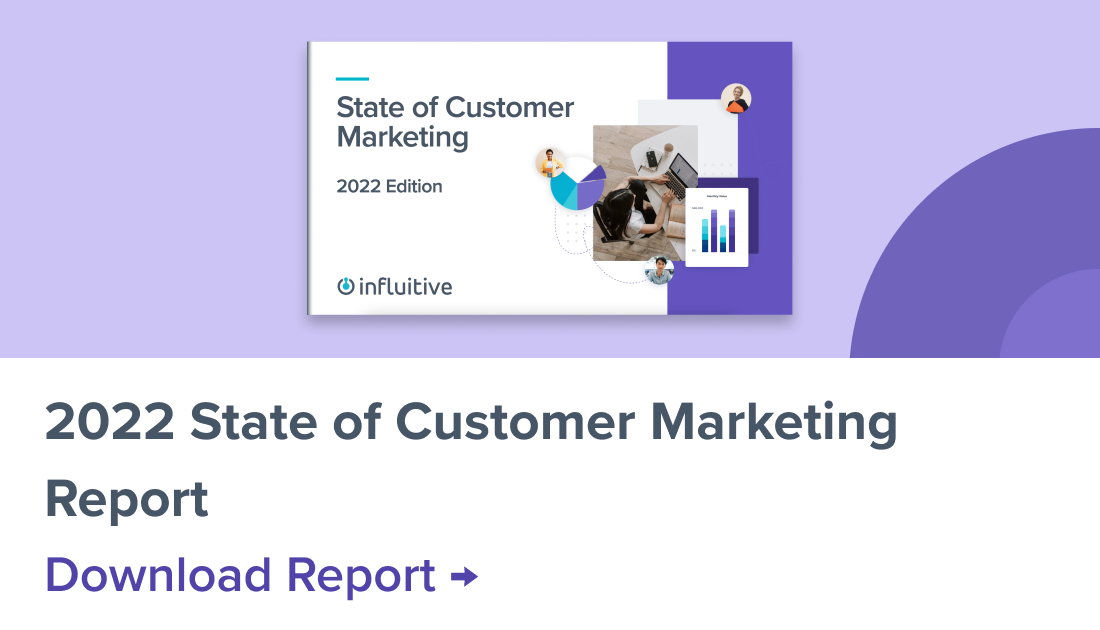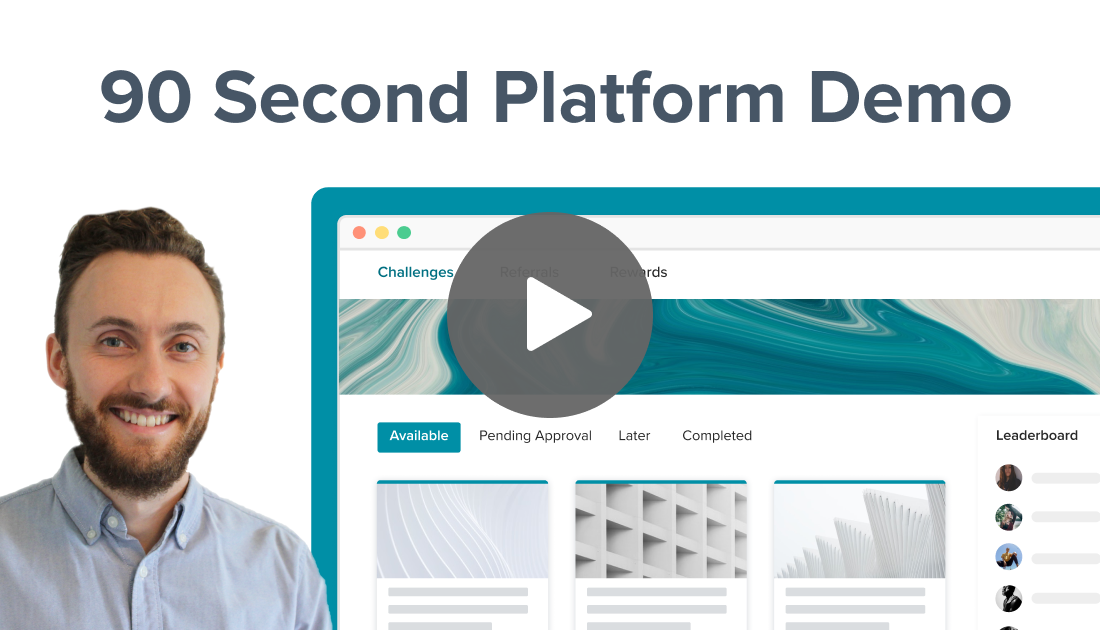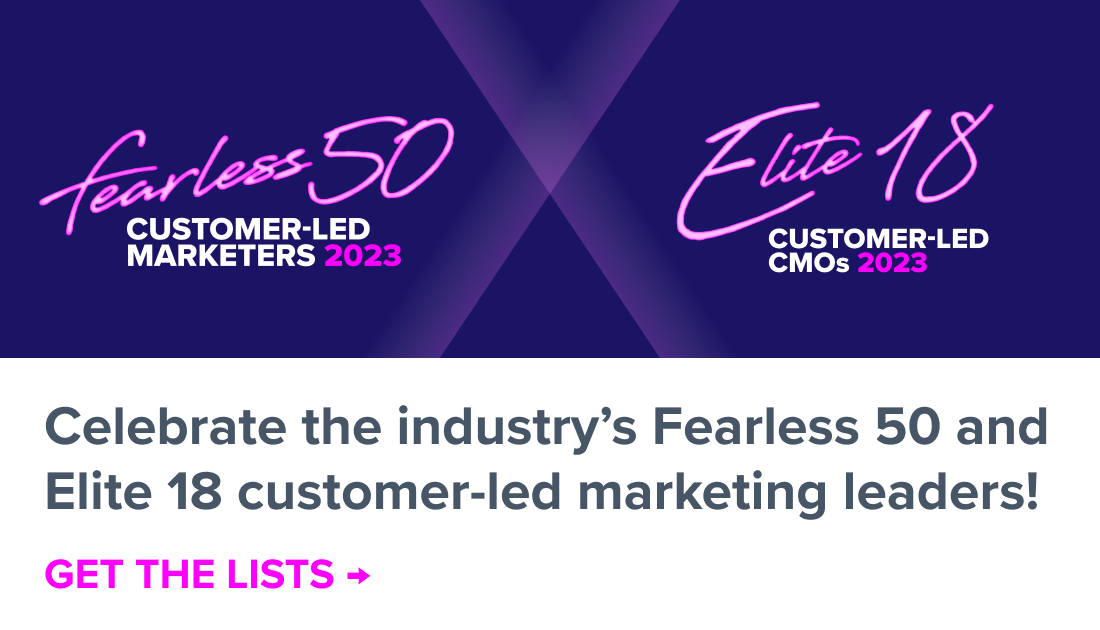Your current and potential customers aren’t just sources of revenue. They can help you develop your products, expand your reach, and become lifelong brand ambassadors. Brands that get this kind of value from customer relationships do so by focusing less on their products and more on their customers.
With customer-focused marketing, you can show customers that their opinions and experiences matter to you. In this post, we’ll talk about what customer-focused marketing is, why it’s important, and how to bring a customer focus into your marketing efforts.
What Is Customer-Focused Marketing?
Customer-focused marketing means paying attention to customers’ behavior and seeking their input. It requires brands to demonstrate their value without pushing their products and services, and it requires patience — building customer relationships takes time.
Why Is Customer-Focused Marketing Important?
Customers today are exposed to an overwhelming amount of marketing and advertising — on social media, in their inboxes, and through traditional media. Focusing on the customer helps cut through the noise to form meaningful connections.
Benefits of customer-focused marketing include:
Trust
Focusing on customers builds trust. Specifically, asking customers about their preferences and opinions is a great way to inspire confidence in your brand.
One of the easiest ways to get input from customers is to send quick surveys following a purchase. And if the results of a survey show that a customer was dissatisfied, that’s an opportunity to ask for more input and find out how you can make things right.
Retention
Acquiring a new customer can cost up to 5x more than retaining a current one. If you focus on building trust with customers and offering them exemplary experiences, you’re more likely to retain them.
Customer Advocacy
Trust and retention are the first steps toward building customer advocacy. Advocacy could mean a customer shares your social media post, writes a favorable review about your product, or recommends your brand to a family member or friend.
Product Development
Brands that are actively engaging with customers don’t need to wait until a product launch to gather feedback. Instead, they can use customer feedback to develop new products or features, which is especially helpful for SaaS companies. For example, brands can collect feedback about the features customers would like to see, then roll out new features for a select audience and gather more sentiment in the beta testing phase.
Social Proof
Let’s assume you’ve been building an engaged customer base, as well as a thriving online customer community. When potential customers — or your new customers — visit your site in search of information, they’ll likely find what they’re looking for in your user community.
Information that customers share with each other is a strong form of social proof. Instead of reading through a static list of frequently asked questions, customers can get real-time input from each other, ask follow-up questions, and make decisions based on that information.
How to Implement Customer-Focused Marketing
Now let’s look at some ways you can improve your customer focus.

Promote Collaboration
Invite your customers to be part of your product development process. That could be asking people to suggest a name for a new product, or inviting a group of brand loyalists to beta-test a new feature.
Solicit Feedback
You’re unlikely to hear from customers unless they have an exceptionally good or bad experience. That’s why it’s important to reach out and ask for feedback. Consider offering something in exchange, like a coupon, some company schwag, or a chance to win a prize.
Demonstrate your Attentiveness
Remembering a customer’s name, birthday, or what they said in their previous communication with you shows that you value them. Jotting down information gathered during virtual meetups and out-of-office messages is a great way to build stronger, more meaningful relationships with customers. If you’re using a platform specifically to grow customer advocacy, make sure it integrates with your CRM, so you can track customer actions and personalize communication.
Engage Customers on their Preferred Channels
Make it easy for customers to engage with you by communicating on their preferred channels. For example, some customers may be happy to like and share your content on LinkedIn but aren’t ready to write a third-party review for you on G2 or TrustRadius.
Build Communities
Create a virtual community where customers can share ideas, ask questions, and socialize. Invite your “power users” to moderate your community forums, to demonstrate your faith in their judgment.
It’s OK to start conversations, reply to questions, and interject occasionally, but your customers should be driving the communication. Your brand’s authenticity will shine when you don’t try to control the narrative.
Examples of Customer-Focused Marketing
Cisco
Cisco, an international tech brand, established a customer advocacy program years ago, but administrators realized they were leaning too heavily on a regional group of 100 customers for referrals. Cisco needed to grow the community, as well as unite its nine different membership programs under one umbrella to better serve customers.

Using Influitive, Cisco was able to grow its international advocate program to 29,000 members. Cisco holds awards ceremonies to recognize its top advocates and even invites advocates to help plan those events.
Emburse
Following an acquisition and rebrand, Emburse — a leader in spend management technology — opted to relaunch its customer advocacy community as the Emburse Collective. But with just one person overseeing customer advocacy, it would be difficult to find time for new initiatives.

Emburse’s senior manager of customer advocacy partnered with Influitive’s content and services team to create seven themed campaigns in 2022, each one including eight to 10 challenges. Participants could earn points, and in some cases, badges or prize raffle entries. Through targeted review campaigns, Emburse was able to generate more than 100 reviews.
Wiley
Wiley, an educational publisher founded in 1807, has an online interactive textbook, learning portal, and course management platform called WileyPLUS. A component of that is WileyPLUS Studio, an invitation-only community for WileyPLUS instructors powered by Influitive.

Using WileyPLUS Studio, the company solicits instructor feedback and uses it to fine-tune its product. Instead of hiring an outside firm to analyze user behavior and UX, Wiley continuously (and transparently) collects data from users and rewards them for their feedback.
Sharpen Your Customer Focus With Influitive
Influitive can help you turn your customers into advocates, get more referrals, and grow your business. See how our customers have used Influitive to hit new benchmarks for engagement.










































